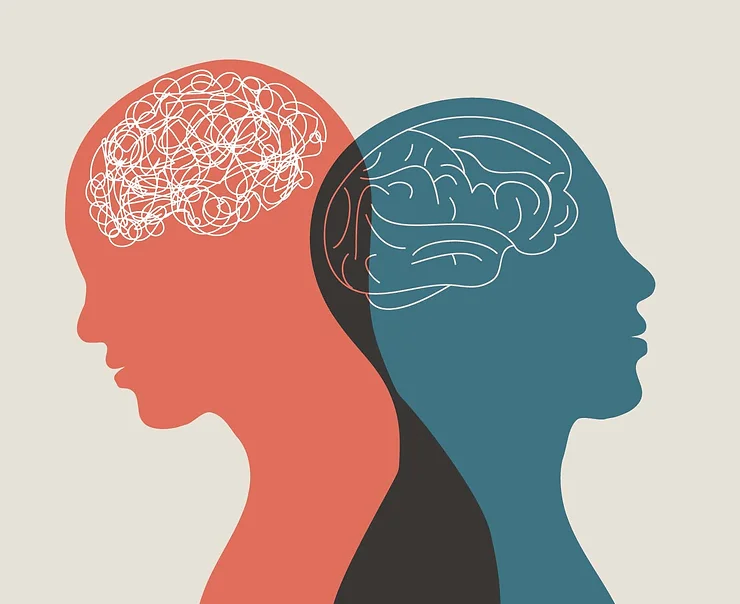In this guest blog for our colleagues at Sequel Group and in support of Mental Health Awareness Week, Deborah Hulme, founder of Minerva Engagement and the Neuroleader Academy™ asks communications teams to consider communicating with audience wellbeing in mind and to think about what they can do to address attention deficit.
Mental Health Awareness Week this month provides an opportunity for us all to slow down and consider the impact that work, life and the on-going pandemic is having on our general sense of health, wellbeing and performance. We’ve all experienced a rainbow of different emotions over the past 12-18 months, from joy to sadness, and from fear to anticipation.
PROCESSING NEW INFORMATION TAKES ITS TOLL ON THE HUMAN SYSTEM
Daily assaults on the senses, as we adapt to new behaviours, change lifelong habits and navigate our way through a constant stream of data, news and information, take a toll on the human system.
During this period, it has been easy to neglect our own personal needs, underestimating the demands ongoing change has had on our time and attention. Self-care is at the very centre of wellbeing and performance and while this includes exercise, rest, nutritious food and sleep, it also extends to how we manage our attentional and cognitive resources.
For example, in fast-moving environments, continual interruptions and distractions are known to shorten attentional spans, creating symptoms of distractibility, inner frenzy and impatience.
IN A FAST-MOVING ENVIRONMENT WE ARE EASILY DISTRACTED
This has increased to such an extent, particularly within our organisations, that it is has been termed ADT, Attention Deficit Trait, which is similar to ADD, Attention Deficit Disorder. However, whilst ADD is grounded in genetics, ADT can impact us all, as it is a product of the environment we create for ourselves.
The more distracted we become and the more we are subject to continual interruptions, the more ADT takes hold. As it creeps up on us, it impedes our ability to focus, negatively impacting memory and our ability to think clearly. The more we allow ourselves to become easily distracted, the more we lose our ability to focus attention.
OUR ATTENTION IS A FINITE RESOURCE
We tend to think of attention as something that is always there, to be called on or accessed when needed. However, this is not the case. Not only is attention a finite resource, but when it is employed, it uses significant amounts of internal energy, tiring us quickly. Hence the need, when undertaking intense focused work, to take regular breaks at least once every 90-minutes.
TO PROTECT OUR AUDIENCE FROM OVERWHELM, CONTEXT AND RELEVANCE WHEN COMMUNICATING ARE CRITICAL
It is also why communication messaging must be set in context and relevant to the audience. If not, our internal attentional filter, filters the messaging out to the point that we can’t recall having seen or heard it. The system is designed well, working perfectly, protecting us from being overwhelmed with data that is not important.
Mental Health Awareness Week is an opportunity to reflect on all aspects of wellbeing, including our own physical and mental health.
From a communication practice perspective, it provides a space to consider communicating with audience wellbeing in mind. To think about how much capacity and attention our teams have to absorb our messaging and what we may need to change, adapt, stop or start if we are to work with potential attention deficits, lack of focus and perhaps overactive attentional filters.
Alignment, consistency and relevance for our audiences within a changing, post-pandemic world are more important than ever.

